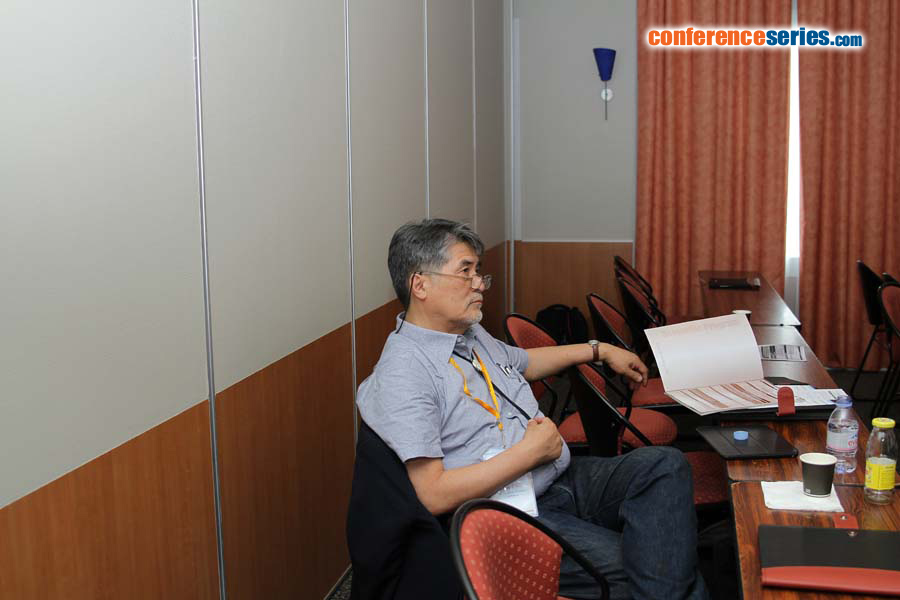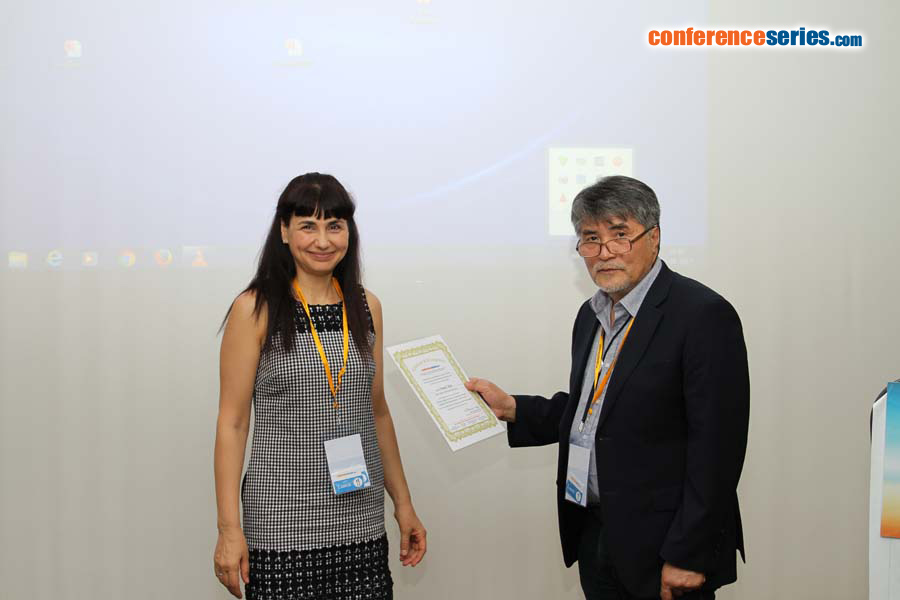
Young C Kim
Seoul National University, South Korea
Title: Protective effect of betaine on paraquat-induced oxidative stress and pulmonary injury in rats
Biography
Biography: Young C Kim
Abstract
Betaine is a methyl donor utilized in remethylation of homocysteine to methionine in the liver. Our earlier studies revealed that betaine administration elevated hepatic methionine and SAM while reducing homocysteine levels via up-regulation of betaine-homocysteine methyltransferase (BHMT), an enzyme mostly localized in the liver. Betaine was shown to be hepatoprotective against liver injury induced by different toxic substances including ethanol, lipopolysaccharide, and dimethyl nitrosamine, which appeared to be associated with its effect on the metabolism of sulfur-containing amino acids that was extensively impaired by the hepatotoxicants. In a recent study, however, we demonstrated that the metabolism of sulfur-containing amino acids in kidney was also altered significantly in rats fed betaine. In that study the change in renal transsulfuration reactions by betaine was suggested to be secondary, attributable to the elevation of blood methionine level due to the alterations in sulfur-containing amino acid metabolism in the liver. It was therefore, of interest to define the change in the metabolism of sulfur-containing substances by betaine in extra hepatic sites and its pharmacological/toxicological significance. Rats received betaine (1% in drinking water) for 2 weeks prior to intra-tracheal instillation of paraquat (PQ; 0.3 mg/kg). In 2 weeks after PQ instillation, 4-hydroxyproline levels in the lung and oxidative DNA damage were increased significantly, which was effectively prevented by betaine supplementation. Similar results were shown in histopathological assessment of lung tissues. Betaine intake elevated methionine, S-adenosylmethionine (SAM), putrescine and spermidine levels in the lungs significantly. On day 4 after PQ instillation, glutathione (GSH) and its metabolic substrates, including methionine, SAM and cysteine, were all elevated in the lung by betaine supplementation. Elevation of proinflammatory cytokines was also inhibited significantly. It is suggested that betaine may protect the lung from PQ-induced oxidative stress and pulmonary fibrosis most probably via enhancement of antioxidant capacity and polyamine synthesis.




